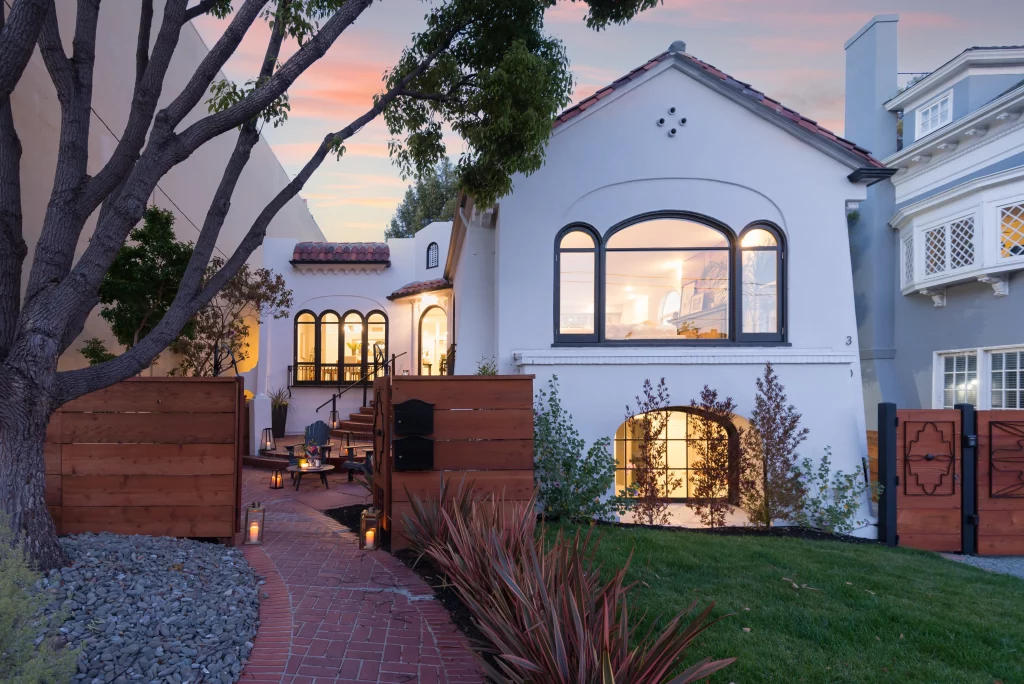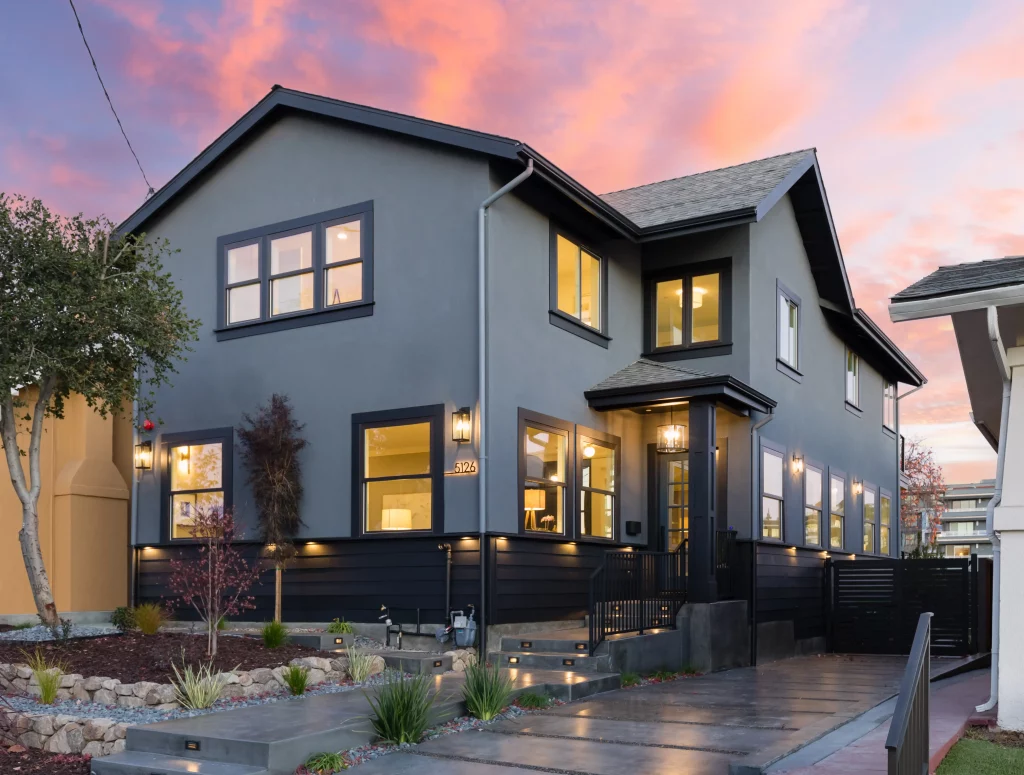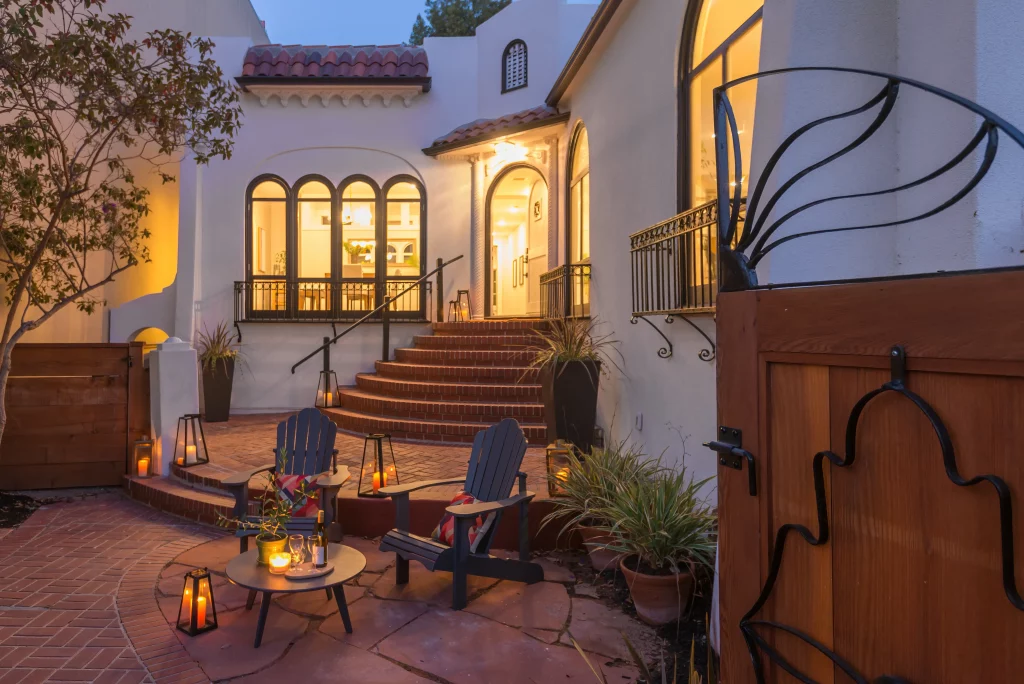Building an Accessory Dwelling Unit (ADU) represents a significant investment in property value and family flexibility. Whether considering a detached ADU for rental income or a guest house construction project for extended family, understanding the timeline involved is crucial for proper planning. The duration for completing an ADU project varies considerably based on multiple factors, including design complexity, permitting requirements, and construction methods. Anura Design & Remodel has extensive experience guiding homeowners through each phase of the ADU design-build process, ensuring realistic expectations and successful project completion.
The timeline for building an ADU typically ranges from eight months to two years, depending on project scope and local regulatory requirements. This comprehensive timeline encompasses everything from initial planning through final occupancy, including design development, permit acquisition, and construction phases. Understanding these timeframes helps homeowners make informed decisions about their ADU investment and coordinate with other life plans or financial commitments.
Planning Phase: The Foundation of Success
The journey toward building an Accessory Dwelling Unit begins with thorough planning, which establishes the groundwork for every subsequent phase. This critical stage involves researching local regulations, assessing property feasibility, and establishing realistic budgets. Proper planning prevents costly delays and ensures compliance with ADU zoning requirements from the project’s inception.
Research into local regulations represents the first essential step in the planning process. ADU zoning requirements vary significantly between municipalities, with some areas embracing these housing solutions while others maintain restrictive policies. Understanding setback requirements, height restrictions, and density limitations requires careful review of local ordinances. This research phase typically takes three to six weeks, depending on regulation complexity and the availability of clear municipal guidance.
Property assessment follows regulatory research, determining whether existing conditions support ADU development. This evaluation examines lot size, utility access, soil conditions, and existing structures. Professional consultation during this phase helps identify potential obstacles early, preventing costly surprises during later stages. Anura Design & Remodel conducts comprehensive property evaluations, ensuring clients understand their development potential before proceeding with design work.
Budget establishment concludes the planning phase, requiring careful consideration of all project costs. This process involves obtaining preliminary estimates from contractors, architects, and other professionals. Creating realistic budgets prevents financial strain during construction and ensures adequate resources for quality completion. The budgeting process typically requires four to eight weeks, depending on project complexity and the thoroughness of cost analysis.
Design Phase: Bringing Vision to Life
The design phase transforms planning concepts into detailed construction documents, requiring collaboration between homeowners and design professionals. This stage involves architectural design, engineering consultation, and regulatory compliance review. Anura Design & Remodel specializes in creating ADU design plans that balance aesthetic appeal with functional efficiency, ensuring each project meets client needs while complying with local requirements.
Architectural design begins with understanding client needs and site constraints. Professional architects create preliminary designs that maximize available space while respecting zoning limitations. This process involves multiple design iterations, allowing clients to refine their vision while maintaining regulatory compliance. Initial design development typically requires six to twelve weeks, depending on project complexity and client decision-making speed.
Engineering consultation ensures structural integrity and systems integration throughout the design process. ADU structural engineering addresses foundation requirements, load-bearing calculations, and seismic considerations. Mechanical, electrical, and plumbing engineers design systems that support comfortable living while meeting efficiency standards. This collaborative engineering process typically adds four to eight weeks to the design timeline.
Design refinement continues throughout the regulatory review process, incorporating feedback from building officials and other stakeholders. This iterative approach ensures final designs meet all requirements while maintaining design intent. Anura Design & Remodel maintains strong relationships with local building departments, facilitating efficient review processes and minimizing revision cycles.
Supply chain considerations have become increasingly important in recent years, with material availability affecting construction timelines. Early material ordering and alternative sourcing help prevent supply-related delays. Anura Design & Remodel maintains relationships with multiple suppliers, ensuring material availability throughout the construction process.
Local building department efficiency varies significantly between jurisdictions, affecting both permitting and inspection timelines. Understanding local processes and maintaining positive relationships with building officials helps expedite approvals and minimize delays. Professional contractors familiar with local requirements navigate these processes more efficiently than inexperienced teams.
The custom ADU builder selection process significantly impacts overall project success, with experienced professionals completing projects faster and with fewer complications than inexperienced contractors. Anura Design & Remodel brings extensive ADU experience to every project, ensuring efficient completion while maintaining quality standards. Professional expertise prevents common mistakes while ensuring compliance with all regulatory requirements.
Market conditions can influence both material costs and labor availability, affecting both timelines and budgets. Understanding market trends helps establish realistic expectations while planning for potential adjustments. Professional contractors monitor market conditions and adjust planning accordingly to minimize project impacts.
Building an Accessory Dwelling Unit represents a significant investment in property value and family flexibility, with timelines varying based on project complexity and local conditions. Understanding the various phases involved—from initial planning through final occupancy—helps homeowners make informed decisions about their ADU investment. Anura Design & Remodel provides comprehensive support throughout the entire process, ensuring successful project completion within realistic timeframes.
The ADU design-build process requires careful coordination of multiple disciplines, professional expertise, and adaptive management of various challenges. By working with experienced professionals who understand local requirements and construction best practices, homeowners can navigate this complex process successfully. Anura Design & Remodel combines design creativity with construction expertise, delivering exceptional ADU projects that meet client needs while exceeding quality expectations.
Permitting Phase: Navigating Regulatory Requirements
The permitting phase represents perhaps the most variable aspect of ADU development, with timelines ranging from several weeks to many months. This phase involves preparing permit applications, navigating review processes, and addressing regulatory feedback. Understanding permitting requirements and maintaining realistic expectations helps homeowners prepare for this potentially lengthy process.
Permit application preparation requires comprehensive documentation, including architectural drawings, engineering calculations, and regulatory compliance statements. ADU permit set preparation involves coordinating multiple professional disciplines to create complete application packages. Thorough preparation prevents application delays and demonstrates professionalism to reviewing officials. This preparation phase typically requires four to eight weeks, depending on project complexity.
Review processes vary significantly between jurisdictions, with some municipalities providing expedited ADU review while others maintain standard commercial review timelines. ADU permit expediting services can help navigate complex review processes, leveraging professional relationships and regulatory expertise. Anura Design & Remodel maintains current knowledge of local permitting processes, helping clients understand realistic timelines for their specific jurisdictions.
Regulatory feedback often requires design modifications or additional documentation, extending permitting timelines. Common review comments address zoning compliance, structural adequacy, and systems integration. Responding effectively to regulatory feedback requires professional expertise and attention to detail. This iterative review process can add several weeks or months to permitting timelines, depending on comment complexity and response efficiency.
Construction Phase: Building Excellence
The construction phase represents the culmination of planning, design, and permitting efforts, transforming approved plans into livable spaces. This phase involves site preparation, structural construction, systems installation, and finish work. Anura Design & Remodel coordinates all construction activities, ensuring quality workmanship and adherence to approved timelines.
Site preparation begins the construction process, involving demolition, excavation, and utility connections. This work establishes the foundation for all subsequent construction activities. Proper site preparation prevents delays during later construction phases and ensures adequate access for materials and equipment. Site preparation typically requires two to four weeks, depending on existing conditions and utility requirements.
Structural construction follows site preparation, involving foundation work, framing, and roofing installation. This phase creates the basic building envelope that supports all other construction activities. Quality structural work ensures long-term durability and provides the foundation for efficient systems installation. Structural construction typically requires eight to sixteen weeks, depending on ADU size and complexity.
Systems installation encompasses plumbing, electrical, and HVAC work that supports comfortable living conditions. This work requires careful coordination between trades to prevent conflicts and ensure efficient installation. Professional systems installation ensures compliance with current codes while providing reliable long-term performance. Systems installation typically requires six to twelve weeks, depending on system complexity and coordination requirements.
Finish work completes the construction process, involving interior and exterior finishing that creates livable spaces. This phase includes flooring installation, cabinetry, painting, and landscaping. Quality finish work ensures attractive, durable spaces that meet client expectations. Finish work typically requires eight to sixteen weeks, depending on finish complexity and customization levels.
Factors Influencing Timeline Success
Multiple factors influence ADU construction timelines, with some controllable through proper planning while others require adaptive management. Understanding these factors helps homeowners and contractors maintain realistic expectations while working toward successful project completion. Anura Design & Remodel has extensive experience managing these variables, ensuring projects progress efficiently despite inevitable challenges.
Project complexity significantly impacts construction timelines, with simple conversions progressing faster than custom detached ADU construction. Guest house construction involving new foundations and complete systems typically requires longer timelines than garage conversions or basement finishing. Understanding complexity implications helps establish realistic timeline expectations from project inception.
Contractor availability and efficiency directly influence construction progress, with skilled professionals completing work faster than inexperienced teams. Anura Design & Remodel maintains teams of skilled craftspeople who understand ADU construction requirements and work efficiently to meet project deadlines. Professional contractor selection prevents delays while ensuring quality workmanship throughout the construction process.
Weather conditions can significantly impact construction timelines, particularly for detached ADU projects requiring extensive outdoor work. Seasonal planning helps minimize weather-related delays while ensuring optimal construction conditions. Professional contractors understand weather implications and adjust schedules accordingly to maintain project progress.
Supply chain considerations have become increasingly important in recent years, with material availability affecting construction timelines. Early material ordering and alternative sourcing help prevent supply-related delays. Anura Design & Remodel maintains relationships with multiple suppliers, ensuring material availability throughout the construction process.
Local building department efficiency varies significantly between jurisdictions, affecting both permitting and inspection timelines. Understanding local processes and maintaining positive relationships with building officials helps expedite approvals and minimize delays. Professional contractors familiar with local requirements navigate these processes more efficiently than inexperienced teams.
The custom ADU builder selection process significantly impacts overall project success, with experienced professionals completing projects faster and with fewer complications than inexperienced contractors. Anura Design & Remodel brings extensive ADU experience to every project, ensuring efficient completion while maintaining quality standards. Professional expertise prevents common mistakes while ensuring compliance with all regulatory requirements.
Market conditions can influence both material costs and labor availability, affecting both timelines and budgets. Understanding market trends helps establish realistic expectations while planning for potential adjustments. Professional contractors monitor market conditions and adjust planning accordingly to minimize project impacts.
Building an Accessory Dwelling Unit represents a significant investment in property value and family flexibility, with timelines varying based on project complexity and local conditions. Understanding the various phases involved—from initial planning through final occupancy—helps homeowners make informed decisions about their ADU investment. Anura Design & Remodel provides comprehensive support throughout the entire process, ensuring successful project completion within realistic timeframes.
The ADU design-build process requires careful coordination of multiple disciplines, professional expertise, and adaptive management of various challenges. By working with experienced professionals who understand local requirements and construction best practices, homeowners can navigate this complex process successfully. Anura Design & Remodel combines design creativity with construction expertise, delivering exceptional ADU projects that meet client needs while exceeding quality expectations.


